Getting a rewrite 10 April 2025
There are so many stories I need to write about my Nana for my children and grandchildren who didn’t know her. This story says something about me, my mother, and my grandmother.
We were having dinner at my grandparents’ home. The entire time I’d known them, they’d lived in an apartment. They’d bought a house at one time, but when grandfather’s business failed, they’d moved into an apartment and there they stayed. I suspect they never had the money or the desire to own a house again.
The apartment was beautiful. They’d replaced the standard lamp over the dining room table with a crystal chandelier. The sliding glass doors to the balcony were covered with floor-to-ceiling custom-made drapes. Even our small family dinner was served on china, with crystal glasses, and silverware that was polished regularly.
I was in college, so I wasn’t a child when I asked my grandmother, “Did you graduate from high school?”
My mother was mortified. “Debbie! That isn’t a question you ask.” Mom was a professional genealogist, so I was surprised she would think it was a rude question. Nana was an elegant woman and at one point president of the Baltimore Professional Women’s Association. When she was about 67 years old she took a college class to learn how to use the Wang computer her employer had just purchased. She did fine and continued to work as the church secretary for the Parkside Methodist Church until she turned 75
.
And Nana understood why I asked the question. Her father had died as a result of a mining accident when she was thirteen years old. Her mother worked as a servant and took in laundry to support herself and her two children. It was not unusual for children to drop out of school after 8th grade and contribute to the family finances. She had dropped out and first worked in a department store as a floor model (she was a perfect size 6) and later she worked as a nanny. She would turn her paycheck over to her mother who would then give her some pin money. This continued until my grandmother married in 1942.
Nana was not embarrassed. She was proud of her contributions and accomplishments.
ELIZABETH JANE SHEPHERD (GLENDENNING) LUKE (1892-1946) Maternal Great Grandmother
On 29 March 1924, Robert William Luke boarded a ship in Liverpool and set off for Halifax, Nova Scotia. He was a miner and got a job at the Springhill Mines in Nova Scotia. On 28 June 1924, Elizabeth Jane Shepherd (Glendenning) Luke, boarded the S.S. Pittsburgh with her daughter and son (Norah, age 8 and Leslie, age 4) to join him.
They traveled 3rd Class, which was located near the bottom of the ship. Their experience was probably similar to those traveling to New York.
At the turn of the twentieth century, the majority of steamers bringing immigrants to the United States still had very primitive third class accommodation. On these vessels, passengers had berths, food and air, but their sleeping quarters consisted of large compartments accommodating as many as three hundred passengers in each.
Berths consisted of an iron framework, a mattress, pillow (‘or more often a life preserver as a substitute’) and a blanket, which was not necessarily sufficient to keep passengers warm unless they slept fully dressed. Passengers had no designated baggage space and kept their possessions underneath their berths; open deck space was limited and the lack of separate dining rooms meant passengers’ sleeping compartments were their ‘constant abode’. Menus seemed sufficient on paper, but in reality the quality and preparation of the food was inadequate. Separate wash rooms were provided for men and women, as required by American law, but they were not kept clean and serviceable; soap and towels were not provided, and the floors were ‘damp and often filthy until the last day of the voyage’, when the port authorities inspected the ship.
“Immigration to the USA by White Star liner,” by Mark Chirnside
Robert again left his family and crossed into the United States at Niagara Falls on 10 April 1925 to join his step-brother, John Emery, in Nanty-Glo, Cambria, Pennsylvania. He was planning to find work and live there permanently. Elizabeth, Norah, and Leslie, crossed at Niagara Falls on 2 October 1925 to join him.
After her husband’s death from injuries sustained in a mining accident, Elizabeth was renting part of a house with another family who was also from County Durham, England, paying $15 a month and working as a servant in a private home to support herself and her family. In 1930, her daughter Norah dropped out of school and got a job at the Bliss Silk Factory to contribute to the family finances. (See Norah (Luke) Petty - Day 1 of the Ancestral Women 31-Day Challenge). The women were probably determined to keep Leslie in school as he would one day be required to support a family and an education would give him more opportunities. Leslie made it through 10th grade.
Elizabeth made $350 in 1939 (about $7,941.77 in 2025) working as a charwoman and Norah made $375 as a winder in the silk mill. If their rent had doubled in the ten-year interval, they would have been paying about half their income for housing. They probably needed the $260 Leslie had earned as an usher at the theater to make ends meet.
These struggles probably accounted for the close relationship between Elizabeth and her daughter Norah. “My mother and grandmother were exceptionally close, and my grandmother’s death on 16 March 1946, at the age of 53, was both unexpected and traumatic for my mother…she was slender when she was young and, in fact, became so thin after her mother died that her friend, Betty Littlejohn, feared for her health. She told my mother, ‘You have a baby to live for,’ and pulled my mother out of her depression.” (Norah’s daughter to Deborah Carl 2023)
In 1946, Elizabeth was babysitting Norah’s five-month-old daughter so Norah and her husband, Milton, could go to the movies. When they returned, Elizabeth did not answer the door. Milton had to climb in a second-story window and discovered that Elizabeth had passed away.
“She [Norah] wouldn’t go to the movies for years afterward. The first movie she saw was The Ten Commandments, which came out in 1956. The second was Tess, based on the novel by Thomas Hardy. It came out in 1979. When she asked me to go with her, I was quite shocked, but I was glad to see her overcoming what I considered to be superstitious behavior.” (Norah’s daughter to Deborah Carl 2023)
NORAH HARRIET CLARINDA (NEAGLE) GLENDENNING (1872-1900) 2nd Great-Grandmother
Norah’s parents had separated sometime between her birth and when she turned nine years old. She married James Shepherd Glendenning the month before she turned twenty and died eight years later leaving her widower with three young girls. She died of pulmonary phthisis, otherwise known as TB.
Like her mother, she was also pregnant when she married. Unlike her mother (who was about three months pregnant), Norah was about seven months pregnant and probably considered herself lucky that twenty-six-year-old James Shepherd Glendenning was willing to make her an “honest woman.”
After her death, James hired a housekeeper to care for his home and young daughters. As the girls got older, they took over the housekeeping. James never remarried.
ANN (POSTLE) NEAGLE (1842-UNKNOWN) 3rd Great Grandmother
County Durham, where Ann was born, had numerous coal and lead mines.
“The Pitmen, or Colliers, form a numerous and isolated class of operatives in the two counties [Northumberland and Durham]. Being put to work when only seven or eight years old, and confined nearly to their own society, they acquire certain distinguishing marks of character by which they are easily known from the rest of their countrymen. Their language, deportment, and general behaviour is so nearly alike, that, by an acquaintance with one of them, a tolerably correct idea may be formed of the whole body. They are more clean about their cottages and person than the pitmen in any other part of England.” The coal trade also employed about 10,000 men and boys to load and ship the coal at the Durham ports. While women in other parts of the country worked in the coal pits, Durham women did not. History Directory, and Gazetteer, of the Counties of Durham and Northumberland… by William Parson and William White,1828, p. 51.
By 1881, Durham’s mines were the most productive in England. The coal trade “furnishes employment for more than five hundred vessels independent of the ‘keels’ which convey the coal from the straits to the ships, which are about five hundred in number.” The coal was then sent to London, the Baltic, and the Mediterranean. The coal mines ran “horizontally for many miles, and are from twenty to one hundred fathoms beneath the surface..” “Durham, England,” Ballou’s Monthly Magazine, Vol. 54, No. 4-J, October 1881, pp. 306–307.
Ann did not marry a miner, she married a customs officer. It was not a good marriage. They had two daughters together, but George William Neagle was an alcoholic. They were married on 8 September 1870, and about six months later, Florence was born. The following year, Norah Harriet Clarinda Neagle was born. That was their last child, and by the 1881 census, they were no longer living together. 1881 was also the last census where Ann (Postle) Neagle was found. She was working as a laundress in Bishopwearmouth, Durham, England. Since neither she nor her children were found in the 1891 census, she was probably listed under another surname.
ELIZABETH JANE (SHEPHERD) GLENDENNING (July 1842-June 1894 ) 3rd Great-Grandmother
Elizabeth married George Glendenning in October 1861 in Sunderland, Durham, England. Her first child, Margaret Jane Glendenning, was born in the fourth quarter of 1862 in Sunderland, and died on 1 March 1863 in Bishopwearmouth, Durham, England. Her second child was born in the first quarter of 1865 in Sunderland, and died on 30 July 1865 in Bishopwearmouth. Bishopwearmouth was a small village outside Sunderland which has since been absorbed by the city, so the family was most likely not moving between the two communities. The next six children survived to adulthood and the last child born in 1884 lived a month or two.
George was a shipwright/ship carpenter. While his children attended school when young, his oldest son, James, was working in the iron yard by the time he was 14 and was a ship yard laborer when he was 24. The next son was working as a ship painter at age 22. George probably used his connections to get them jobs in the docks so they didn’t have to work the mines.
Women tended to have jobs such as laundress, charwoman, domestic servant, and dressmaker. Most of the wives and daughters did not have paid employment, but their days would have been filled with taking care of children, clothing, and their homes. In 1880, laundry was a grueling chore. “Clothes would be cleaned by hand using either a plunger or a corrugated washboard, rinsed in a barrel or tub, and then run through a hand operated wringer to extract water from the fabric.” (“Doing Laundry 1880s Style is a Lot of Work,” Rick Palsgrove, Southeast Messenger, 28 Apri, 2016)
The stove, oven, and fireplaces in the home were most likely coal fueled. One day a week, Elizabeth probably baked bread. Seafood was an important part of their diet, and while jellied eel is not part of the current American diet, it was probably a staple in County Durham at that time.
“All classes of rural village dwellers ate seasonal food and what they could grow locally. Whether a cottager or an estate owner, there were endless rounds of bread baking, butter churning, cheese making, cow milking, egg collecting, vegetable growing, fruit preservation and beer brewing to be achieved day in and day out.
For the working class rural dweller, the variety of food was restrictive and a little boring, but healthy and organic. They ate more cheese than meat, the dense and calorific brown ‘household’ bread and an abundance of vegetable stews and pottage.
The cheapest vegetable was the onion. It was half a penny for 12 onions and so was eaten with everything. Onions were roasted, fried, cooked in soups and stews and made into onion gravy. Leeks were available in the spring.The next cheapest vegetable was watercress. The watercress season runs from April round to February. It was sold in bunches and sold for only half a penny for four bunches. Although they probably didn’t know it at the time, watercress is high in iron and fibre and so a decent food to eat on a daily basis. Working class people regularly ate it for breakfast along with bread, cheese or cold meat left over from the night before, all washed down with weak beer.” (See “Food in the Victorian Era,” by Shona Parker, 8 October 2020, https://backinthedayof.co.uk/food-in-the-victorian-era for lots more about the food at the time.)
And then there was the cleaning. Burning wood and coal created soot. Spring cleaning traditionally included washing the walls and ceilings which would have had a layer of soot. Cleaning the bedding and rugs was also part of spring cleaning. Dusting and sweeping had to be done daily.
In order to improve public health, Parliament passed the Baths and Washhouses Act and the first one in Sunderland was built in 1851.
When Elizabeth died in 1894, the youngest children, Thomas and George, were ages 14 and 12. Their father passed away in 1897. Thomas ended up working as a bricklayer down in the mines for a time before becoming a laborer at the ship yard. George became a ship builder like his father.
MARY ANN (LUKE) WILLIAMS (1870-1935) 2nd Great Grandmother
Mary Ann’s father was a coal miner, which was typical of my Durham ancestors, they were either coal miners or associated with the coal mining industry in some way. And typical of the women of Durham, she did not work outside the home. Even after her father had died, she did not have a paying job and was supported with the rest of the family by her two brothers who were coal miners.
Perhaps Mary Ann’s mother, Elizabeth (Burnham) Luke, didn’t approve of Robert Williams because he was a coal miner and she wanted better for her daughter, maybe she didn’t like his character, or maybe she didn’t like the fact he was Welsh. Whatever the reason, Elizabeth refused to let them marry.
Since Mary Ann was only twenty, she needed her mother’s consent to marry. So she decided to force the issue. She got pregnant.
But Elizabeth still refused to give her consent. The child was named after his father, Robert William, but then he was given his mother’s surname Luke because he was born “on the wrong side of the blanket.” Elizabeth ended up raising the child as her own and the relationship eventually became accepted as the truth. The child was born seven years after her last child, and her husband was still living at the time. Elizabeth was 46, so while it was unlikely and people probably talked, it was possible. Robert’s daughter grew up believing Elizabeth was her grandmother.
But Mary Ann wasn’t giving up. She and Robert had a second child, Roger, out of wedlock two years later. But Elizabeth still would not give her consent. This time the child was given his father’s surname. Probably because Mary Ann and Robert claimed to be married. Perhaps the couple had gone to Scotland to be married, but Robert probably couldn’t leave his job for the twenty-one days he’d need to reside in the town before the marriage could take place. The wedding in England took place on 28 January 1893, about a year after Roger was born.
Mary Ann and Robert were married for forty-two years and had thirteen children, nine of whom survived to adulthood. She lived the typical life of the Durham women, caring for children and home. Her sons grew up to become coal miners and married. And the cycle probably would have repeated for her daughters, except the demand for coal dropped after World War I. Their world was changing.
ELIZABETH (BURNHAM) LUKE EMERY (1844-1917)
Like most of my female ancestors from County Durham, England, Elizabeth was a coal miner’s daughter, her brothers were coal miners, her husbands were coal miners, and her sons were coal miners. Coal miners tended not to live long, and Elizabeth lost her father when she was about ten years old. Her mother became a laundress and by age 16, Elizabeth was working as a servant to help her mother support the last four children.
Elizabeth seems to have played the same trick her daughters Hannah and Mary Ann pulled later. (See Day 6 Mary Ann Luke Williams.) Her first son was born in 1864 and she and Robert Luke claimed to be married, yet the marriage did not take place until 1866. It was worse than that. Elizabeth claimed to be twenty-two when she married, which meant she didn’t need her mother’s permission, but she was only twenty.
So in 1891, Elizabeth found herself widowed, with her two sons working in the mines to support her, her three younger sons who were too young to work, her two unmarried daughters, and their illegitimate sons (hopefully the fathers were also contributing to the family finances).
What was a woman to do? She found herself a widower and married him on July 1899. But her hopes of financial security did not last. Her new husband, George Emery was killed by a stone he was trying to remove in the mine. The marriage had lasted about four months. She still had her sons George and William living with her and working in the mines, and she still had her “son” ten-year-old Robert, but she now had two stepsons with her – William Emery age 17 and John Emery age 13 (the same John Emery that Robert Luke joined in Pennsylvania, see Day 2 Elizabeth Jane Shepherd Glendenning Luke).
Ten years later, George Luke had married and had a one-year-old daughter. He was also still supporting his mother who was living in his household. Step-brother James Emery and nephew/brother Robert Luke were also living with him, but were working in the mines as a rolley wayman (a man who took care of the road and other surfaces the pony-pulled wagons traveled on) and a pony putter (https://normancornish.com/homepage/latest-news/720-the-pony-putter) and their incomes were probably included in the household finances until they married and moved out around 1913.
Elizabeth lived with George until her death in July 1917. Elizabeth and the new bride, Jane Athey, might have had a great relationship working together to care for the men, the home, and Jane’s two children. But they probably had their awkward moments when Elizabeth felt her position as poor family relation and Jane felt her position as younger woman and inexperienced homemaker.
HANNAH (JONES) WILLIAMS (between 1841 and 1845-1919) 3rd great grandmother
We leave County Durham and go to Holywell, Flintshire, Wales, where Hannah Jones was born and where she most likely met and married Roger Williams. Their first child was born on 4 September 1870 in Holywell. And then we’re back in County Durham where their second child was born around 1874.
Why did Hannah and her husband leave Wales? (See note from the Durham Mining Museum at the end.) They lived on High Street, Holywell, where there were many good shops. “The town is lighted with gas, and well supplied with water.” There were reading rooms and a library. Church services were in Welsh and English. There was a train station nearby and an “omnibus” that ran from the White Horse Hotel to the station several times a day. (See The Tourist’s Companion through North Wales by Edward Parry, 1851.)
But food scarcity had been a problem in Wales for generations.
Unlike in England, where meals were first enjoyed in the dining rooms of the gentry, traditional Welsh dishes such as bara brith, cawl and Welsh rarebit were borne out of poverty. Not a scrap could be wasted, and bara brith, a teatime favourite, was made using leftover dough collected at the end of the week.
Simple and nourishing food was needed to sustain farmers, coal miners, quarry workers and fishermen. “‘Traditional dishes were borne out of poverty:’ a brief history of Welsh food,” by Sarah Philpott, The New Statesman, 28 November 2018.)
Perhaps while there was work, the wages were low in Wales. In County Durham there was plenty of work, but they were also living in a community where the Welsh were considered inferior to the English and Scots. While there were other Welshmen scattered through the communities, there probably was little opportunity to speak Welsh outside their home.
While they probably continued to enjoy traditional dishes such as Welsh rarebit (toast with cheese sauce) and Glamorga sausage (a sausage made of cheese, leeks and breadcrumbs), they could no longer make laverbread as laver (an edible seaweed) was commonly found along the coast of the Irish Sea.
Roger had been a coal miner in Holywell and he was working as a hewer (coal digger) in County Durham. He was killed in 1886 by “fall of stone which came over the props while holing a place in a broken jud.” (A jud was an area of coal that would fall after being undercut. Props were the lumber used to prop up the mine walls and roof.)
Hannah was far from her family and community with two boys, ages sixteen and eleven, and a girl, age five. The boys went to the mines as soon as they could, but they’d left their mother’s household by 1901. Hannah and her daughter Margaret were living together with no obvious source of support, but were probably collecting benefits from a relief fund for widows and children of miners killed on the job. (See Position and Progress of the Northumberland and Durham Miners’ Permanent Relief Fund, 1862-1902, Disability and Industrial Society: A Comparative Cultural History of British Coalfields, 1780-1948.)
Shortly after, Margaret married a Welshman in Durham who, like her father, was a hewer in the coal mine. Hannah lived with them and their three children until her death of apoplexy (stroke) in 1919.
NOTE: I heard back from the Durham Mining Museum after I asked why my Welsh ancestors would have immigrated to Durham when there was plenty of mining work in Wales.
Hi Deborah,
Thank you for your enquiry to the Durham Mining Museum.
Migration was surprisingly very commonplace from the 1800's onwards in the mining industry.
Multiple reasons too :-
Blacklisted after taking industrial action through strike action. Striking for improvements for pay, working conditions and mine owners were vindictive against people who fought for better rights.
Improvement in pay (some areas paid better than other areas). Talk of better pay in other coalfields was common and so people moved to raise their standard of living.
It is highly likely there were lots of jobs in Wales but pay and conditions were a very important part of a miners life and every improvement gained was very hard fought for.
Hope this helps you to understand working conditions and lifestyles as it was in those days.
Best wishes
James Bell (DMM)





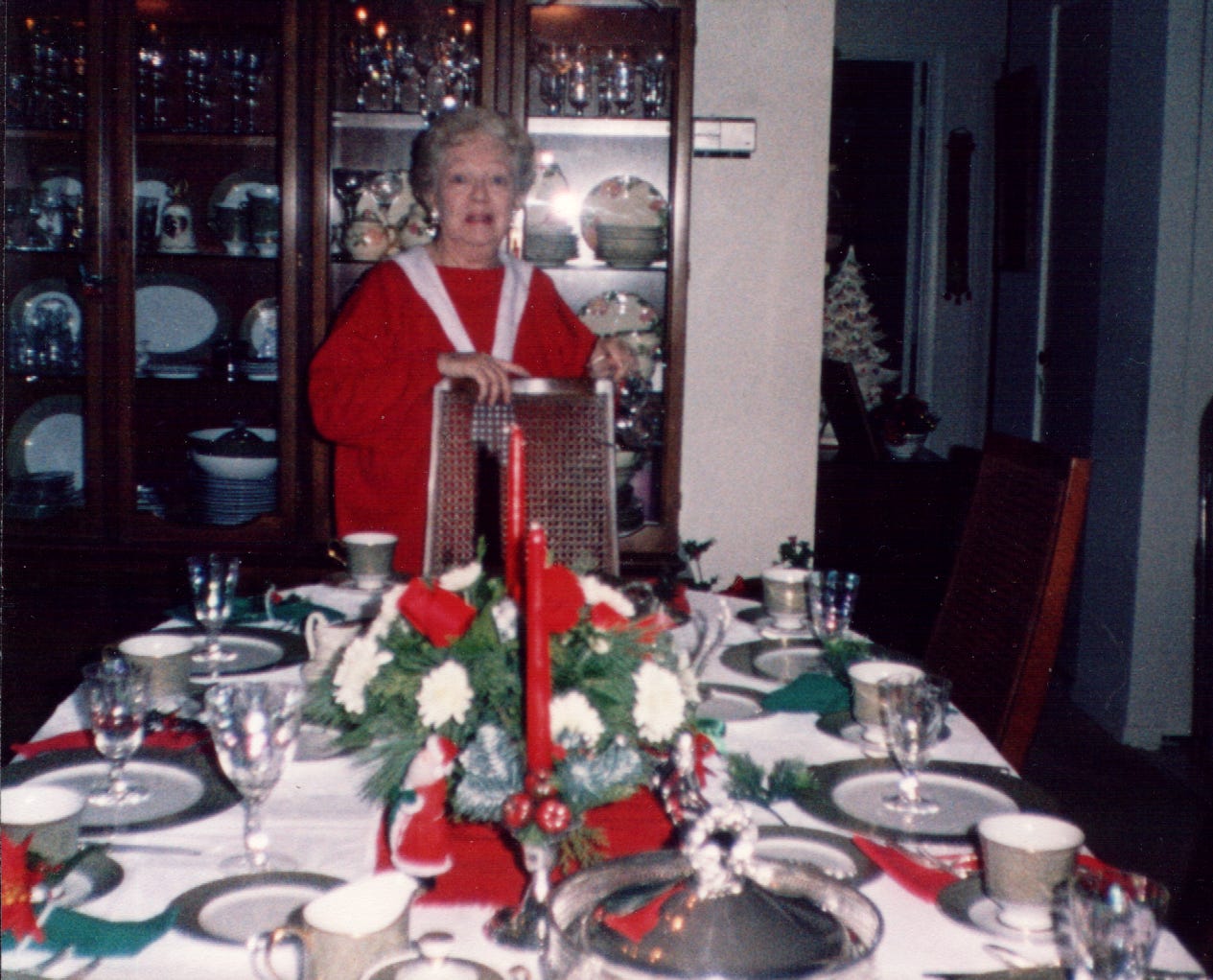
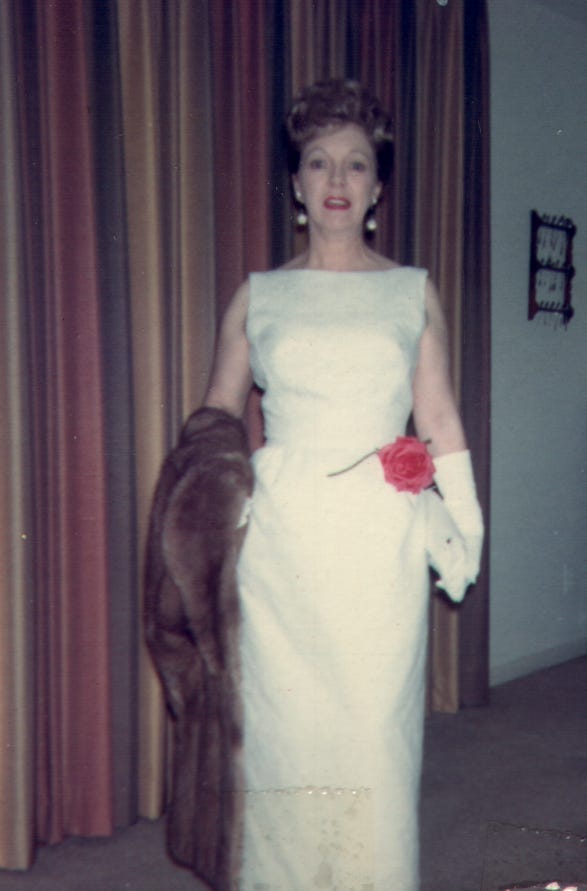
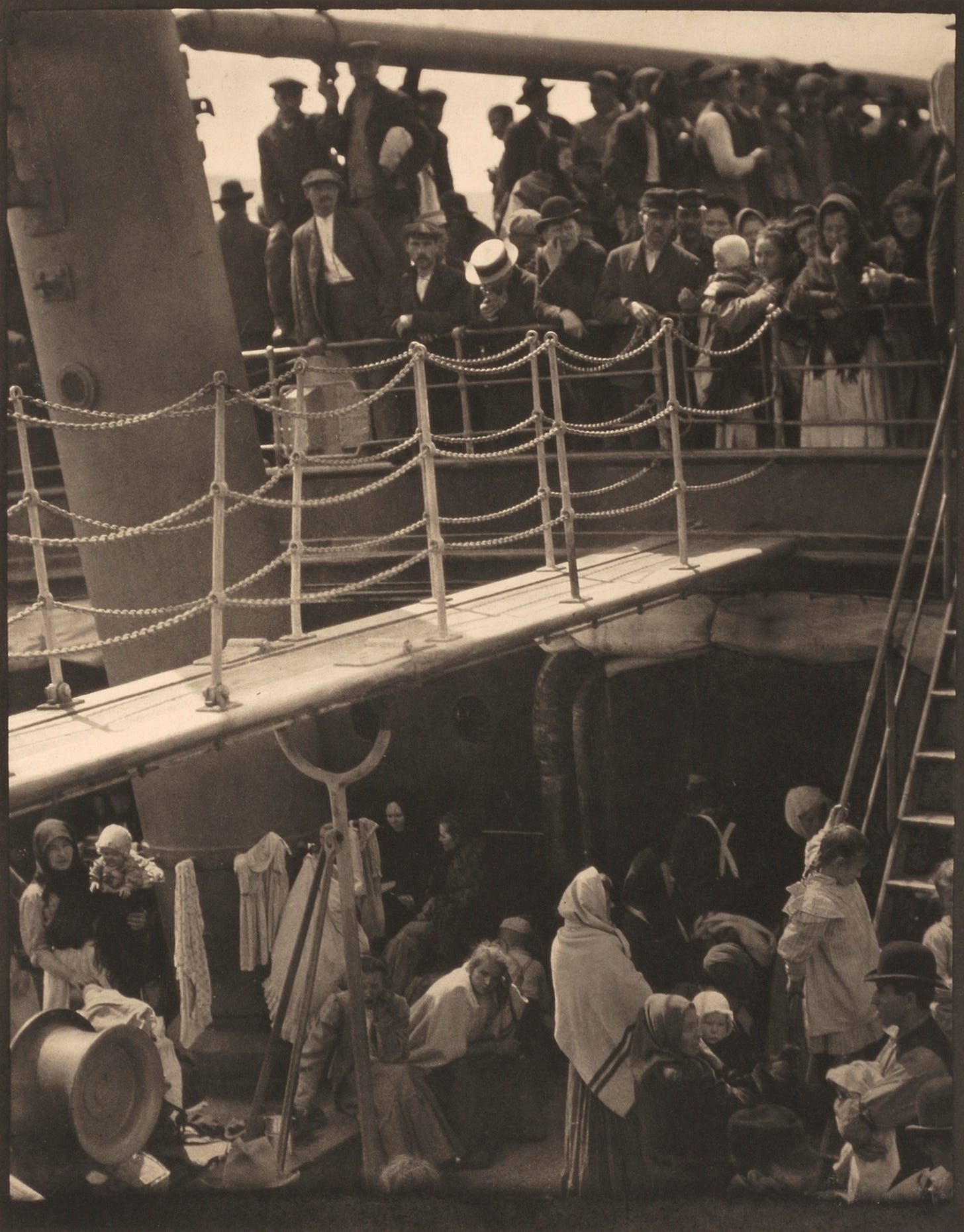

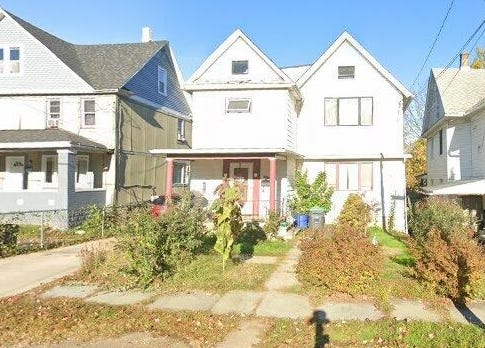


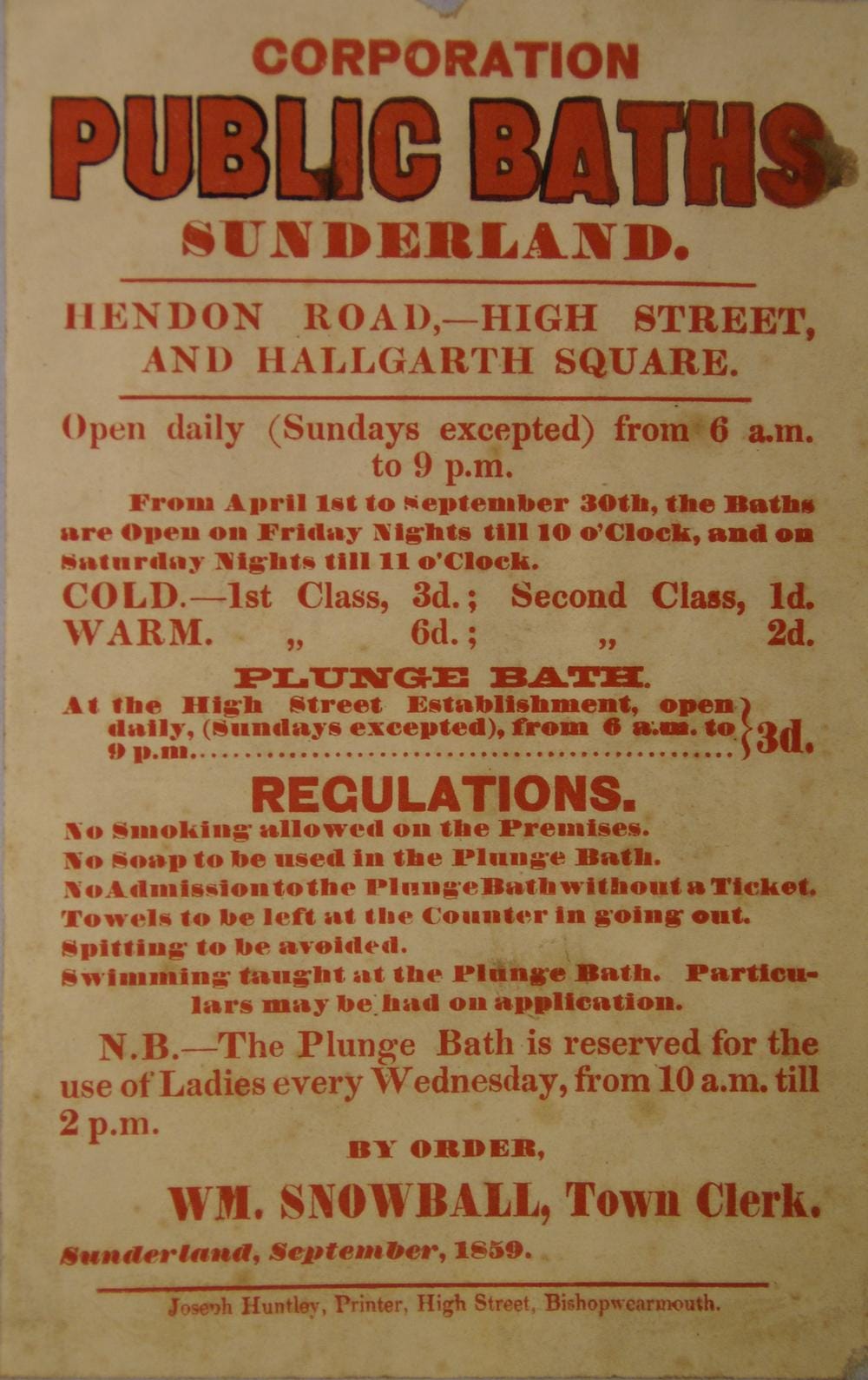



Oh, what a beautiful story and a fantastic challenge. 🥰